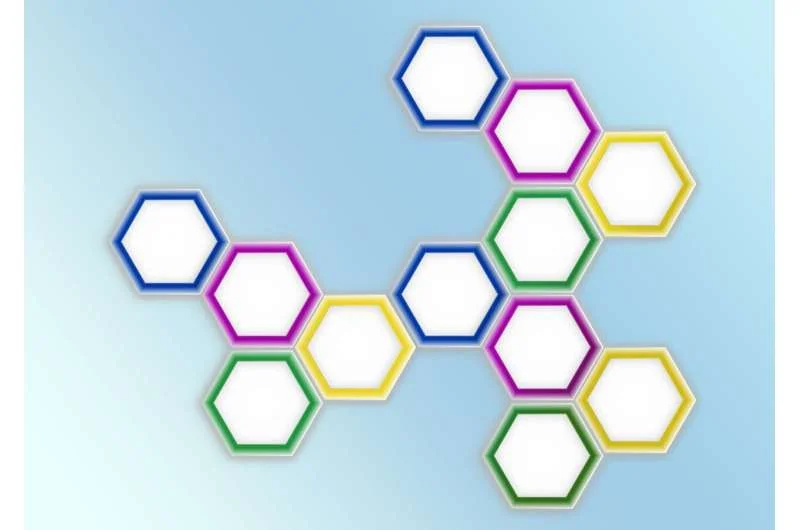Radboud University scientists have developed synthetic molecules that resemble real organic molecules. The collaboration of researchers led by Alex Khajetourian and Daniel Wegner can now simulate the behavior of real molecules using artificial molecules. In this way, they can tune the properties of molecules in often difficult or unrealistic ways and have a much better understanding of how molecules change.
His articles were published in the journal Science .
Emil Sierda, who was responsible for the experiments at Radboud University, said: “A few years ago we had a crazy idea to make a quantum simulator. We wanted to create artificial molecules that look like real molecules. So we designed a system where we can capture electrons. Electrons surround the molecule like a cloud and we And we used these trapped electrons to create an artificial molecule.” The team’s results were impressive. “The similarity between what we created and real molecules was incredible,” says Sierda.
change of molecules
Alex Khazhetourian, Head of Scanning Probe Microscopy (SPM) at Radboud University’s Institute for Molecules and Materials, said: “Making molecules is quite difficult. It is often more difficult to understand how certain molecules react, for example, how they change. when they are bent or altered.”
How molecules change and react is the basis of chemistry, leading to chemical reactions such as the formation of water from hydrogen and oxygen. “We wanted to model the molecules so we had the best tools to bend and adjust them in a way that is nearly impossible with real molecules. This way, we can say something about real molecules without creating them or making any effort with the problems they present, such as their ever-changing forms.”
Using this simulator, the researchers created an artificial version of benzene, one of the essential organic molecules in chemistry. Benzene is the first component of a number of chemicals, such as styrene, which is used to make polystyrene. “When making benzene, we modeled an organic molecule from textbooks and created a molecule made up of non-organic elements,” Hadjetourian says. In addition, the molecules are 10 times larger than their real counterparts, which makes it easy to work with them.
practical use
The applications of this new technique are endless. Danielle Wegner, associate professor at SPM, says: “We’re just starting to imagine what we could use it for. We have so many ideas that it’s hard to decide where to start.” Using a simulator, scientists can understand molecules and their reactions much better, which will help in every conceivable field of science.
Wegner adds: “For example, creating new materials for computer hardware of the future is really difficult. By creating a simulated version, we can look for new properties and functions of specific molecules and evaluate whether it’s worth making the real material.”
In the distant future, all sorts of things are possible: to understand chemical reactions step-by-step, like in slow motion video, or to create artificial single-molecule electronic devices, like reducing the size of a transistor in a computer chip. Quantum simulators even offer to work as quantum computers. “But we still have a long way to go because we can now begin to understand molecules in a way we’ve never understood before,” says Sierda. Source













